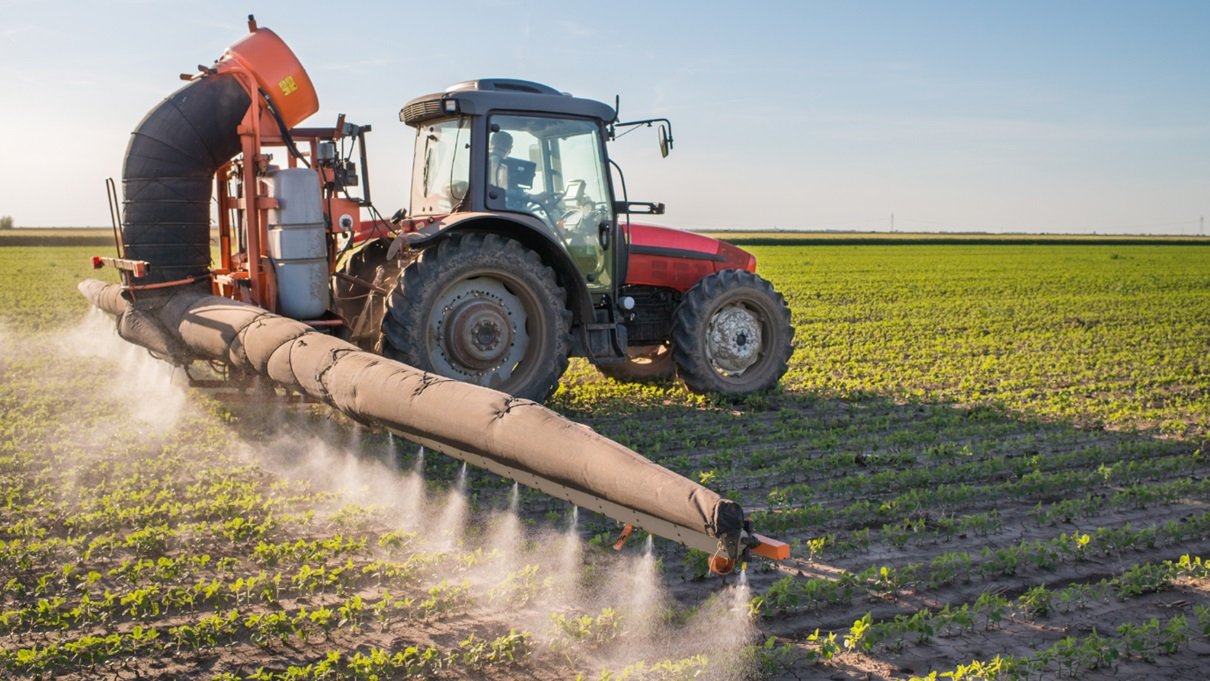Pesticide sprays are a common tool for controlling pests in agriculture. However, achieving effective coverage and efficacy can be challenging. In this article, we’ll explore some top strategies for improving pesticide spray coverage and efficacy.
1. Proper Calibration of Equipment
The first step in achieving effective pesticide spray coverage is ensuring that your equipment is properly calibrated. This means adjusting the nozzle size, pressure, and flow rate to ensure that the spray droplets are evenly distributed and reach the target area.
It’s important to regularly check and maintain your equipment to ensure that it’s functioning properly. This includes cleaning or replacing filters, checking for leaks, and replacing worn or damaged parts.
2. Timing of Spraying
Timing is critical when it comes to applying pesticides. Spraying too early or too late can result in reduced efficacy or even damage to crops.
It’s important to time spraying based on factors like pest life cycle, weather conditions, and crop growth stage. For example, spraying during periods of high pest activity or when weather conditions are favorable can improve the effectiveness of the pesticide.
3. Application Technique
The way in which pesticides are applied can also impact their effectiveness. There are several techniques that can be used to improve coverage and reduce drift during spraying.
One technique is using a boom sprayer that distributes the spray evenly over a wide area. Another technique is using low-drift nozzles that produce larger droplets that are less likely to drift away from the target area. Other techniques include using shielded sprayers or air-assisted sprayers that allow for more precise application.
4. Record Keeping
Keeping accurate records of pesticide applications can help identify patterns in pest outbreaks and evaluate the effectiveness of different treatments over time. This information can be used to make more informed decisions about future pest management strategies.
It’s essential to record information like the date of application, type of pesticide used, the amount applied per acre, and weather conditions at the time of application. This will help you track changes in pest populations over time, as well as evaluate how effective different treatments have been. You must also consider pesticide formulation, safety precautions, and other related factors when making decisions about pesticide use. This way, you can ensure that the risk of harm to human health and the environment is minimized.
To Conclude
Improving pesticide spray coverage and efficacy requires attention to detail at every step along the way. From proper calibration to accurate records, all these steps play a key role in achieving success. By following these strategies, businesses not only achieve better control over pests but also minimize environmental impacts. In conclusion, successful pest management requires a combination of good planning, technical expertise, and attention to detail throughout the entire process.

















